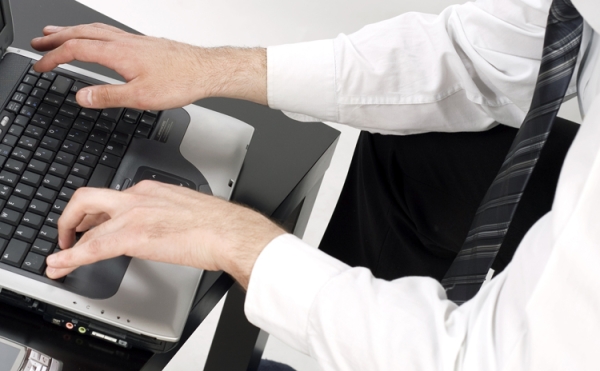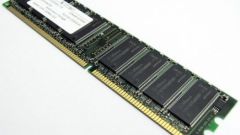Instruction
1
Move the cursor to the icon "My computer" on the desktop. Click the right mouse button on the icon from the drop-down menu, click any mouse button "Properties". Opens the dialog box "system Properties". The same window can be opened in another way: through the menu "start", go to "control Panel", select "Performance and maintenance" and set "View information about this computer" or click "System".
2
In the dialog box, click the General tab and in the "System" section (bottom of window) find out the volume of operative memory of the computer. These data are in the last row are recorded in gigabytes, and will have the designation of RAM (stands for random access memory").
3
Information about the RAM memory you can get, and through the help and support. Press F1 in the search window enter "RAM", wait for list of matches. In the left part of the window, click the task "Getting computer information". Then in the right pane of the window, click "Show General information about the system," wait until completed the collection of information. The volume of operative memory is listed under "Memory (RAM)".
4
Information about physical and virtual memory of the computer can be viewed in the "task Manager". Click on any blank area of the taskbar, right-click, in the drop-down menu, select "task Manager" and click on the Performance tab.
5
Also information about physical and virtual memory can be accessed through the window "system Information". Using the start menu, click Run. In the blank window, type without the spaces msinfo32, and click OK or press Enter. Position the cursor on the line "system Information".


